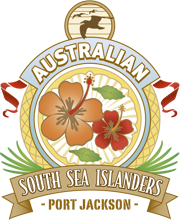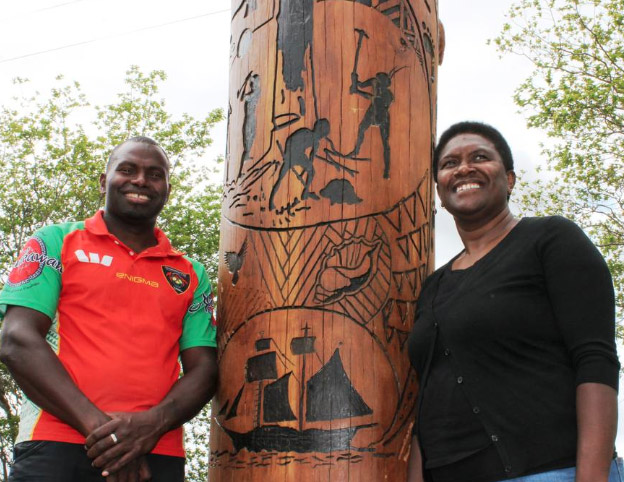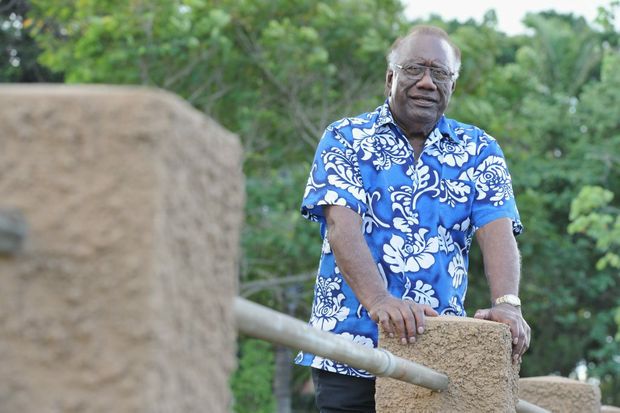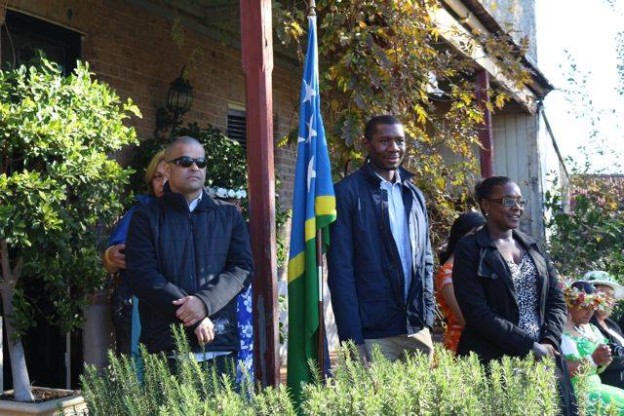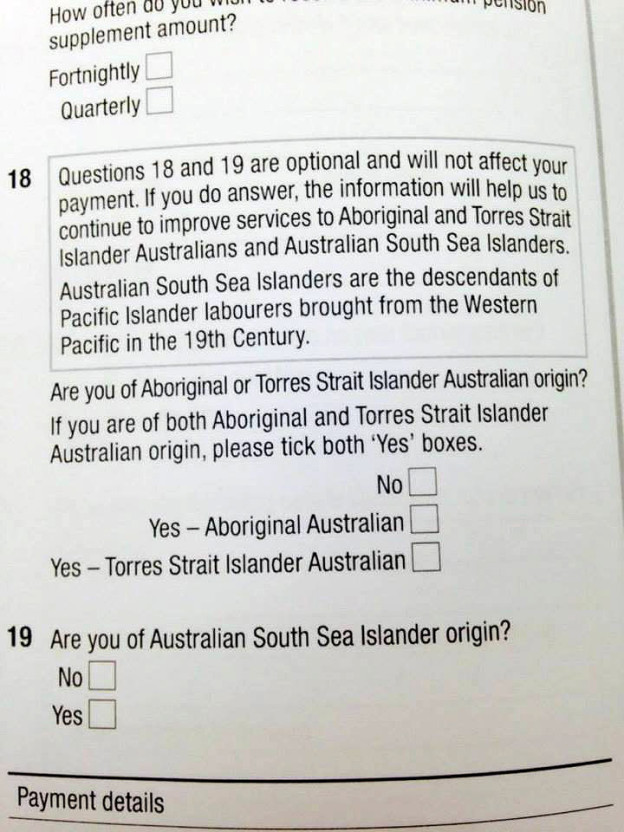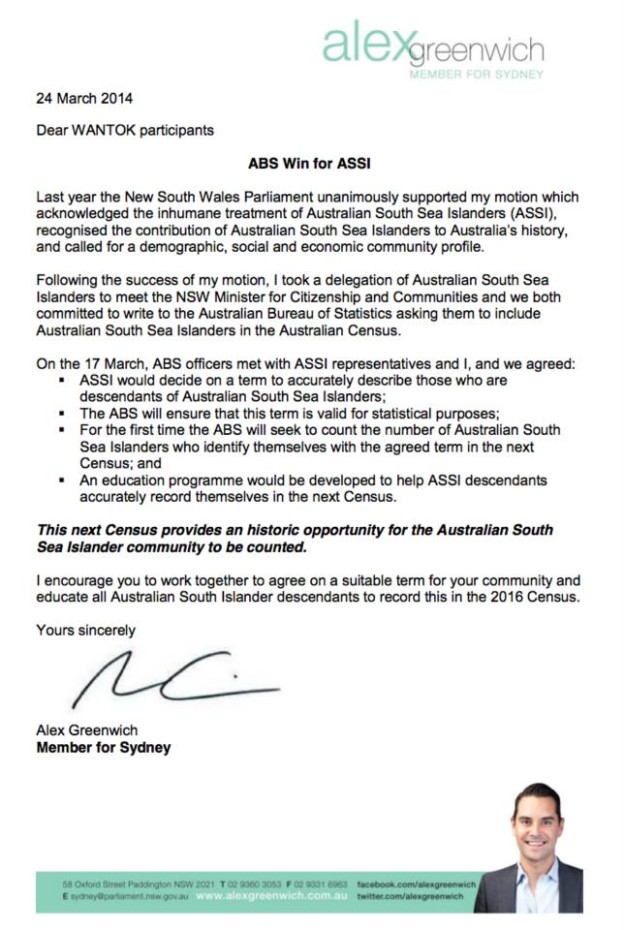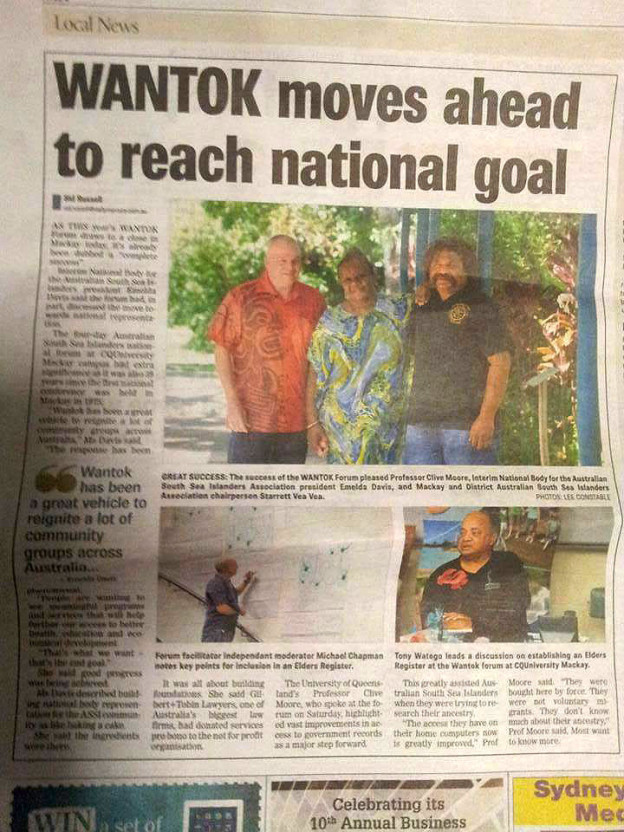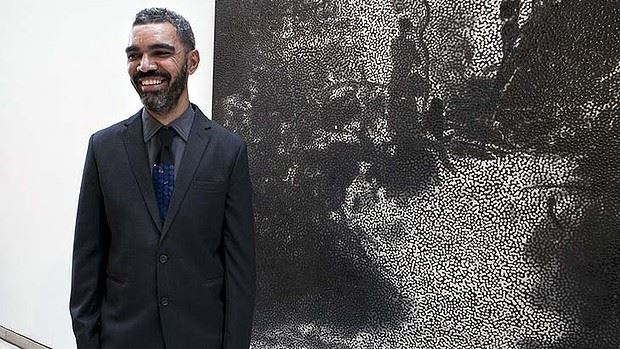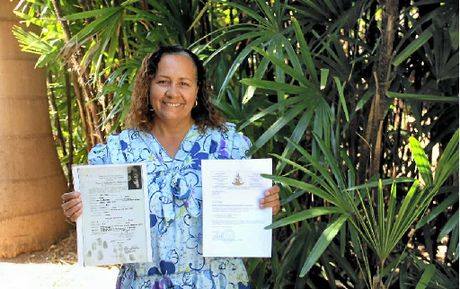
Raechel Ivey has received citizenship in Vanuatu after finding documents proving that her great-grandparents were kidnapped in the 1800s to become slaves. Raechel’s great-grandparents James Tuku and Fanny Battingarra Contributed when Raechel Ivey first stepped foot in Vanuatu, she knew she was home. It has been a long journey for the Australian South Sea Islander to prove her heritage and regain her identity.
Raechel is one of the first South Sea Islanders to gain dual citizenship in Vanuatu and Australia. The Vanuatu Government recently made a change to its constitution allowing residents and indigenous ni-Vanuatu born overseas to hold dual citizenship. Raechel said her journey to be recognised as a citizen of Vanuatu wasn’t only for her, it was about giving her great-grandfather and great-grandmother their identity back, after it was stolen in the 1800s.
James Tuku and Fanny Battingarra were stolen from their respective homes in Vanuatu during the indentured labour trade that went on from 1847-1908. Her great-grandparents were taken to Sydney, where James’s last name was changed to Togo and he was made a gardener, while Fanny was a maid.
For Raechel, 55, it has been an emotional journey learning how her great-grandparents lost their identity, language and culture after being kidnapped. Raechel, who moved to Central Queensland more than 17 years ago from Tweed Heads in NSW, got documentation of her great-grandparent’s registration as “aliens” in Australia to prove that she is originally from Vanuatu.
In the early 1900s her great grandparents were set free and later wed and had children. While their family was raised in Australia, Raechel says she’s never felt completely at home here. “My birth certificate says I’m Aussie, but we know we were brought over here,” the Emerald woman said. “Being Australian doesn’t feel like my home; we’re not Aboriginal or Torres Strait. This documentation “shows that I belong somewhere.” After several trips to Vanuatu with documentation of her great-grandparents’ history, Raechel was granted citizenship of her home country. “I got a letter to say I’ve been approved, now I’ll go back to Vanuatu to do an oath of allegiance,” she said.
The mother of 10 plans to move back to Vanuatu in the future and begin to reconnect with family she’s found in recent years. Raechel said that while her people may have been stolen; “they didn’t steal the heart of who we really are”.
